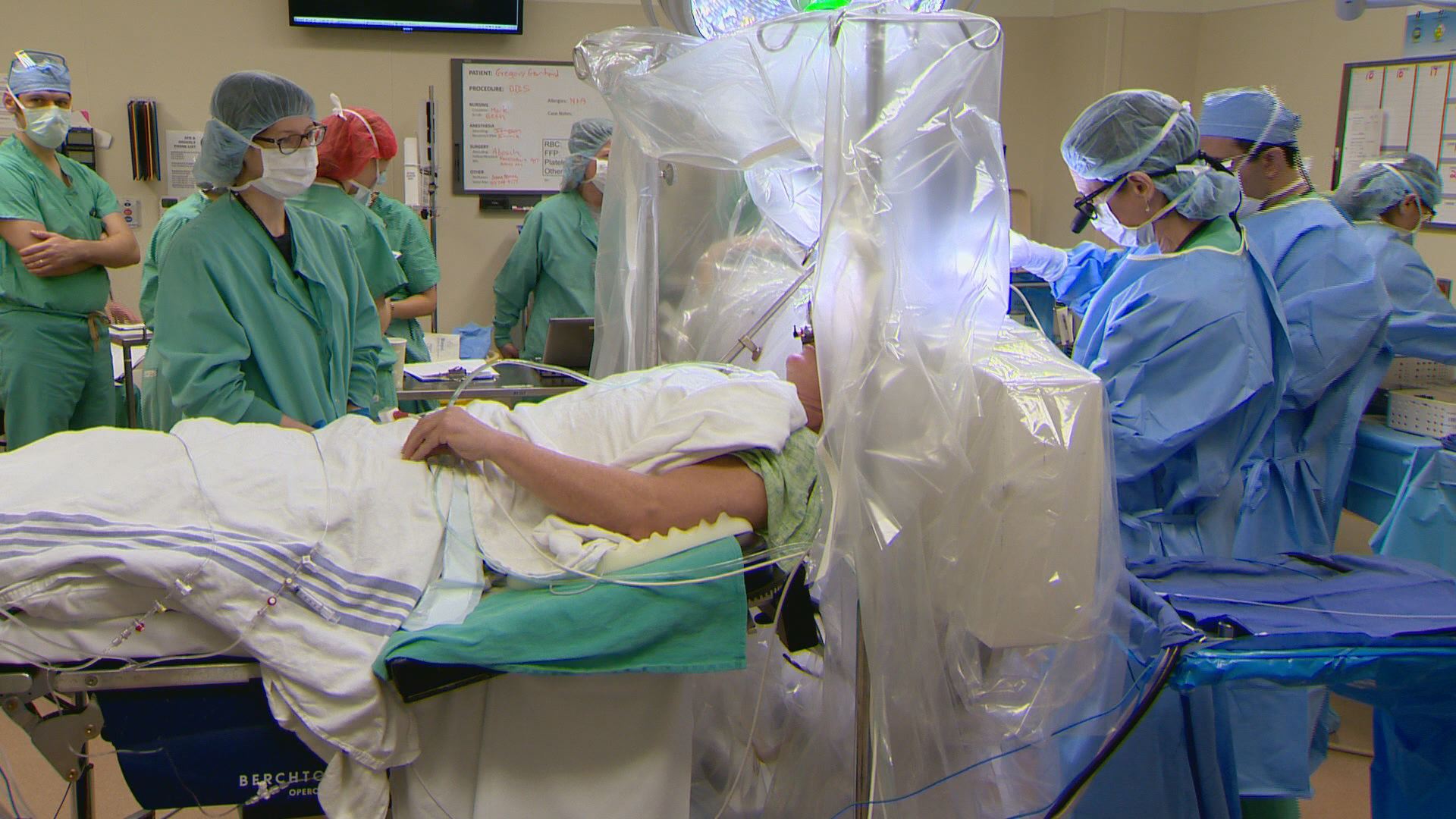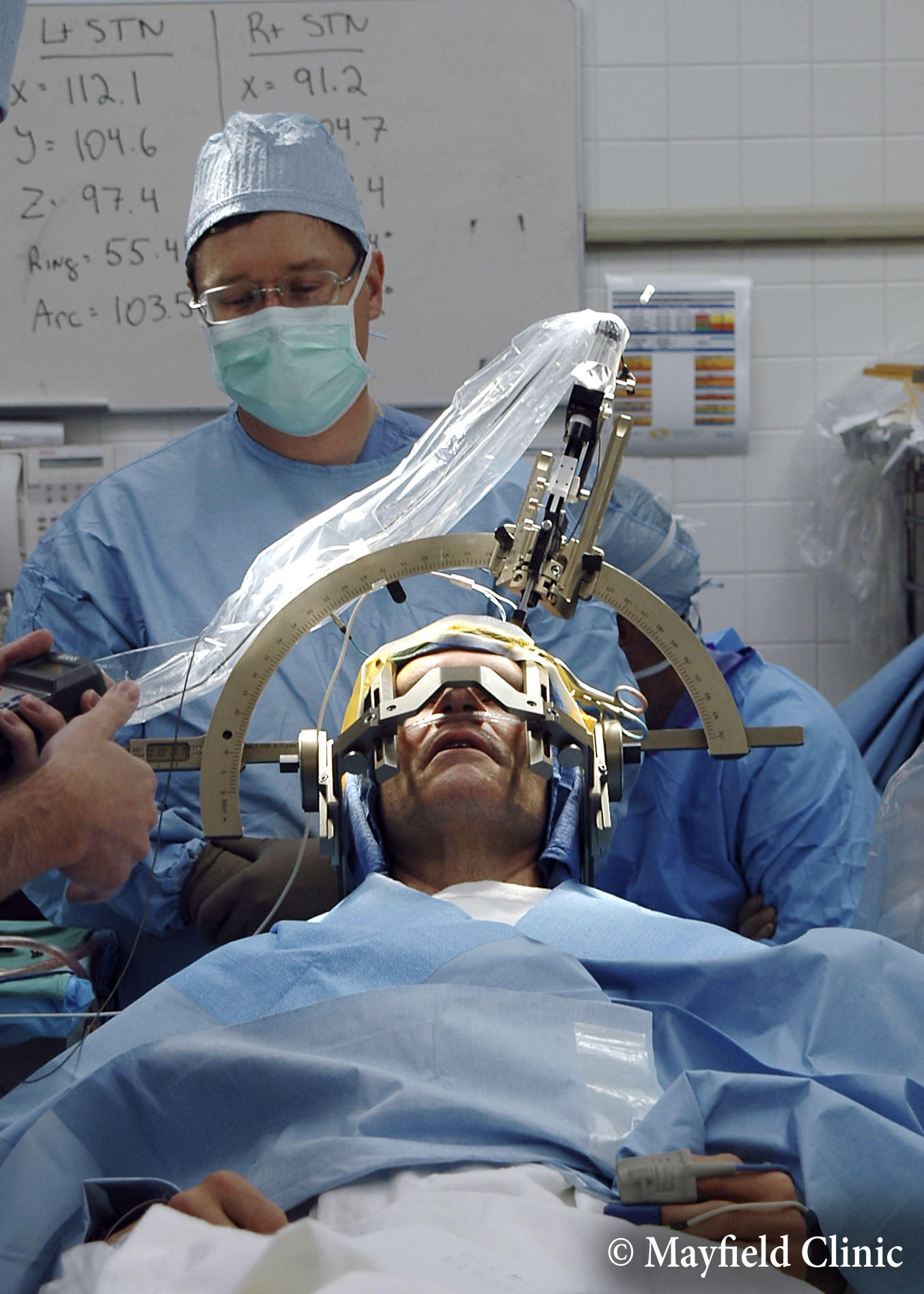

Your surgeon may use a laryngoscope to access your voice box.This is a medication that puts you to sleep so you don’t feel pain during your surgery. Voice feminization surgery includes the following steps: What happens during voice feminization surgery? Talk to your healthcare provider or your psychologist before the procedure so you know what to expect. It’s important to have realistic expectations about the results of voice feminization surgery. Your speech-language pathologist also makes sure you don’t have any existing voice disorders that could prevent a successful surgery. They might also want you to avoid alcohol and caffeine, both of which can dry out your vocal folds. Your speech-language pathologist may ask you to drink plenty of water and stop smoking. Vocal hygiene: Good vocal hygiene means keeping your voice as healthy as possible, especially before surgery.Exercises also strengthen the muscles in your voice box. Vocal function exercises: Expanding and contracting your vocal cords several times each day helps them move more easily.A speech-language pathologist works with you on: Many people do voice feminization therapy before surgery. How do I prepare for voice feminization surgery? This type of healthcare provider specializes in surgery for the voice box and throat. Who performs voice feminization surgery?Ī laryngologist performs voice feminization surgery.

More women (about 14%) choose to have nonsurgical voice feminization therapy instead. How common is voice feminization surgery?Ībout 1% of transgender women have voice feminization surgery. Resonance (how you pass air through your vocal folds to control the intensity of your voice).Nonverbal communication, such as eye contact, gestures, articulation and pausing.Intonation (adapting the sound of your voice to express emotions).In addition to adjusting the pitch of your voice, a speech-language pathologist helps you feminize: Many people choose to have voice feminization therapy before and after surgery. Have ovarian cancer where tumors produce androgens.Have disorders that require androgen (male sex hormone) therapy as treatment.Have a disorder of sex differentiation (born with both male and female sex organs).Are a transgender woman (male transitioning to female).You may choose to have voice feminization surgery if you: Laser reduction glottoplasty (LRG) decreases the mass, or size, of your vocal cords.Cricothyroid approximation (CTA) increases the tightness of your vocal cords.It’s also called the Wendler glottoplasty. This is the most common type of voice feminization surgery. Anterior glottal web formation shortens the length of your vocal cords.There are different approaches to voice feminization surgery, including: Are there different types of voice feminization surgery? Surgery changes the folds so they vibrate differently and make higher sounds when you speak. Your vocal cords (also called vocal folds) are bands of soft tissue in your larynx (voice box). Surgery changes the length, size or tightness of your vocal cords. Voice feminization surgery is a procedure to raise the pitch of your voice or make it sound higher.


 0 kommentar(er)
0 kommentar(er)
